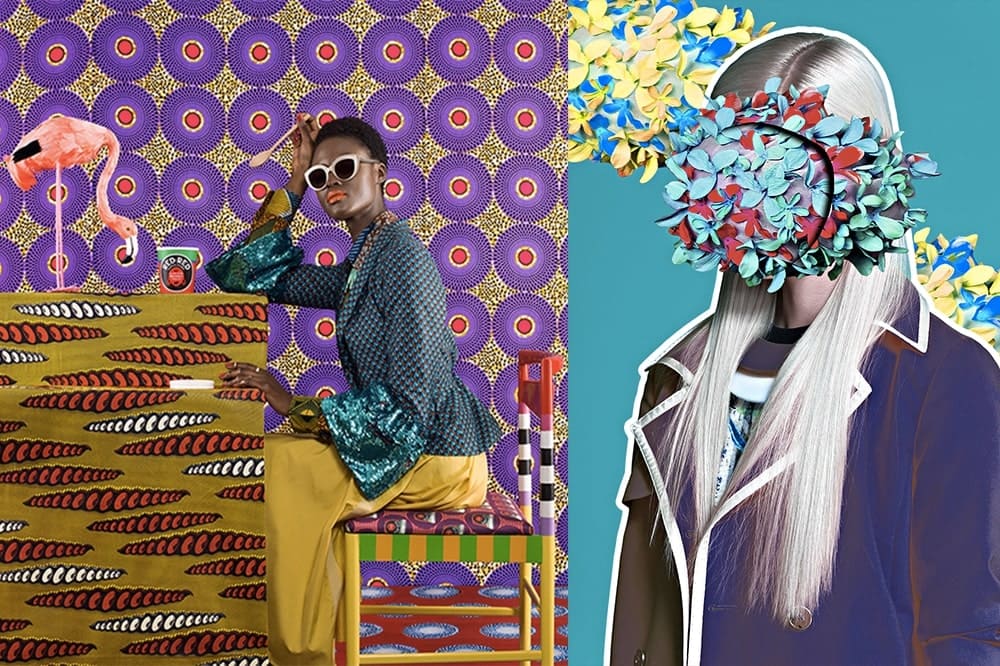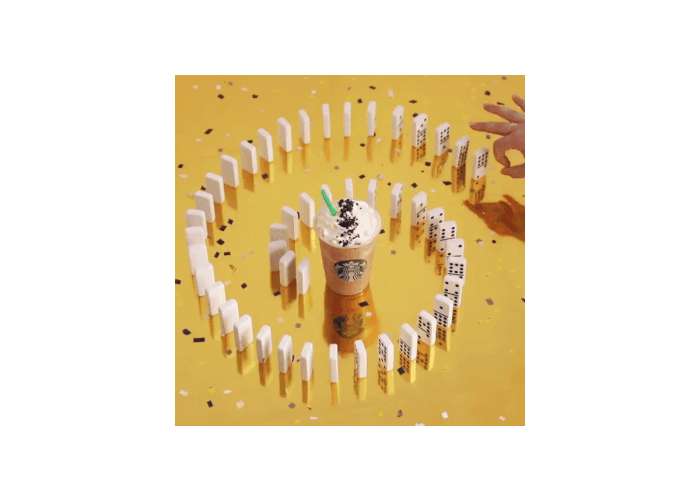Branding trends in 2018 (and beyond)

As business and technology continually evolve, the landscape introduces new customer needs, prompting a demand for innovative designs that effectively showcase products and services. Consequently, branding undergoes a perpetual evolution, adapting to cater to emerging audiences and lifestyle trends. The 18-34 age group, in particular, propels this transformation, urging businesses to uphold elevated standards of design, particularly concerning environmental and sustainability issues.1 As a result, the market is compelled to embrace more refined and responsible business practices.
So, what does 2018 hold for us, and beyond? Let's delve into the ongoing and forthcoming trends in branding.
Embracing Brand-Less: Navigating the Trend Toward Minimalism
The incessant inundation of brands and an incessant influx of new products has sparked a logical counter-trend: the rise of the brand-less approach. While not inherently distinct from other marketing strategies, this branding shift strikes a chord with individuals fatigued by the overwhelming presence of brands and their extravagant marketing efforts. It aligns with people's desire for transparency, pushing back against overconsumption and placing a higher value on understanding the essence of products rather than being swayed by flashy packaging. In a society grappling with excess and constant exposure to advertising, adopting a brand-less stance becomes a bold move, signifying a departure from the conventional, highly branded approach. A prime example illustrating this trend is the innovative concept store, Brandless, which epitomizes the ethos of this movement.2

SYNERGIZING PRODUCT DESIGN AND BRANDING: A STRATEGIC MERGER
At its essence, product design undergoes a meticulous process involving "identifying a market opportunity, clearly defining the problem, developing a proper solution for that problem, and validating the solution with real users".3 This systematic approach encapsulates design thinking, characterized as a "human-centered approach to innovation that draws from the designer's toolkit to integrate the needs of people, the possibilities of technology, and the requirements for business success".4 The profound impact of product design on branding becomes evident as brand identity must harmonize with the product it embodies—whether tangible or digital. The outcome is a symbiotic relationship wherein brands harmonize product design with branding communication, fostering a robust sense of usability for customers that captures their attention. This approach transcends the realms of marketing, permeating the broader spectrum of business. As emphasized, "successful design begins with an overall strategy that communicates messaging and usability to customers and the brand’s community. This integration of all aspects of a company’s DNA makes better design an investment that will deliver sustainable results".5 The strategic alignment of these critical facets not only ensures the cohesiveness of brand communication but transforms design into an invaluable investment, promising enduring and meaningful outcomes.
Successful design begins with an overall strategy that communicates messaging and usability to customers and the brand’s community. This integration of all aspects of a company’s DNA makes better design an investment that will deliver sustainable results.
Visual Fusion: A Tapestry of Trends Unveiled

Amidst the rising popularity of creative collages in graphic design6 and the resurgence of the second renaissance trend7, the visual landscape is experiencing a fusion of diverse elements. This amalgamation includes a myriad of visual patterns on one spectrum, coupled with an unconventional blend of ethnic representations and historical imageries on the other. Iconic art history pieces such as the Mona Lisa or the Last Supper have taken center stage, dominating the visual scene of 2018. The profound impact of these influences is discernible across social media platforms and the entertainment industry.8 The thematic undercurrent of the Renaissance made its mark in 2017 as well, evident in the art direction of Adidas Originals' acclaimed campaign, "Original is Never Finished".9 Presently, this visual mélange continues to evolve on a mainstream level, with brands boldly pushing the boundaries, creating a rich tapestry of diverse imageries and symbols.
Dynamic Branding in Action: Animated Narratives Take Center Stage

In the realm of contemporary branding, there's a notable shift towards motion design10, ushering in a new era of animated narratives across diverse formats like videos, pictograms11, digital advertising, and social media posts (as exemplified by Starbucks). The infusion of motion into static graphics has become particularly prevalent in the dynamic landscape of the Tech industry, where the synergy of videos and still images has gained substantial popularity. This transformative trend is gradually making its presence felt across various sectors, indicating a broader adoption beyond its origins.
WHAT’S NEXT? CROSS-INDUSTRY BRANDING.
In 2019, we anticipate the emergence of conflicting trends arising from a pervasive branding confusion between traditional and technology-inspired imagery. To tackle this dissonance, a promising solution lies in blending these contrasting visions. This involves incorporating "imperfect and do-it-yourself imagery that's begun to feel the most honest—and the most authentic"12, alongside digital motion-inspired creations. The outcome? A fusion of sophisticated aesthetics and down-to-earth visuals.
This visionary approach is poised to become the next trend in branding as industries actively explore new artistic directions to maintain allure. Consequently, brand identities, once confined to specific sectors, are transitioning to diverse industries. For instance, Klarna, a Swedish FinTech brand, draws inspiration from the lifestyle sector, showcasing the fluidity of brand identity across different domains.13 Another illustration is Alexandria Ocasio-Cortez, the New York political figure, who opted for a bold, pop-inspired branding campaign, departing from conventional political visuals. This cross-industry branding reflects substantial influences from creative sectors like art, fashion, and architecture, permeating even non-creative industries. Moreover, with the advent of technology and its impact on creative fields (see art with AI), we anticipate a fusion of organic and non-organic visuals and designs.
Branding is set to introduce a novel element into this dynamic mix—the fifth sense. The realm of touch and feel will transcend the traditional look and feel in branding. Audiences, seeking new and diverse experiences in marketing, will not only desire to witness branding but also feel its impact.14 Experiential branding, reminiscent of "GoPro style" with customer-generated content15 or through emotional branding strategies16, will take center stage. This paradigm shift will give rise to innovative forms of branding videos. These videos, instead of merely presenting educational and descriptive content, will showcase the practical use of a product or service, appealing to additional sensorial information such as touch or hearing.
Having navigated the era of reality TV, the influence of figures like Donald Trump, and the prevalence of yellow journalism, people now seek trust without succumbing to forced emotional consumption. Recognizing the diminishing impact of such tactics, successful branding strategies must be innovative, addressing the evolving needs and concerns of individuals in response to society's current evolution. As the future of branding unfolds, significant challenges lie ahead, and we should all be eager to embrace this transformative journey.
Image credits:
(1) Brandless online concept store. Source: digitalartsonline.co.uk
(2) Sources: insights.newscred.com (left) and digitalartsonline.co.uk (right)
(3) Source: https://twitter.com/twitter/statuses/948539449104777217
